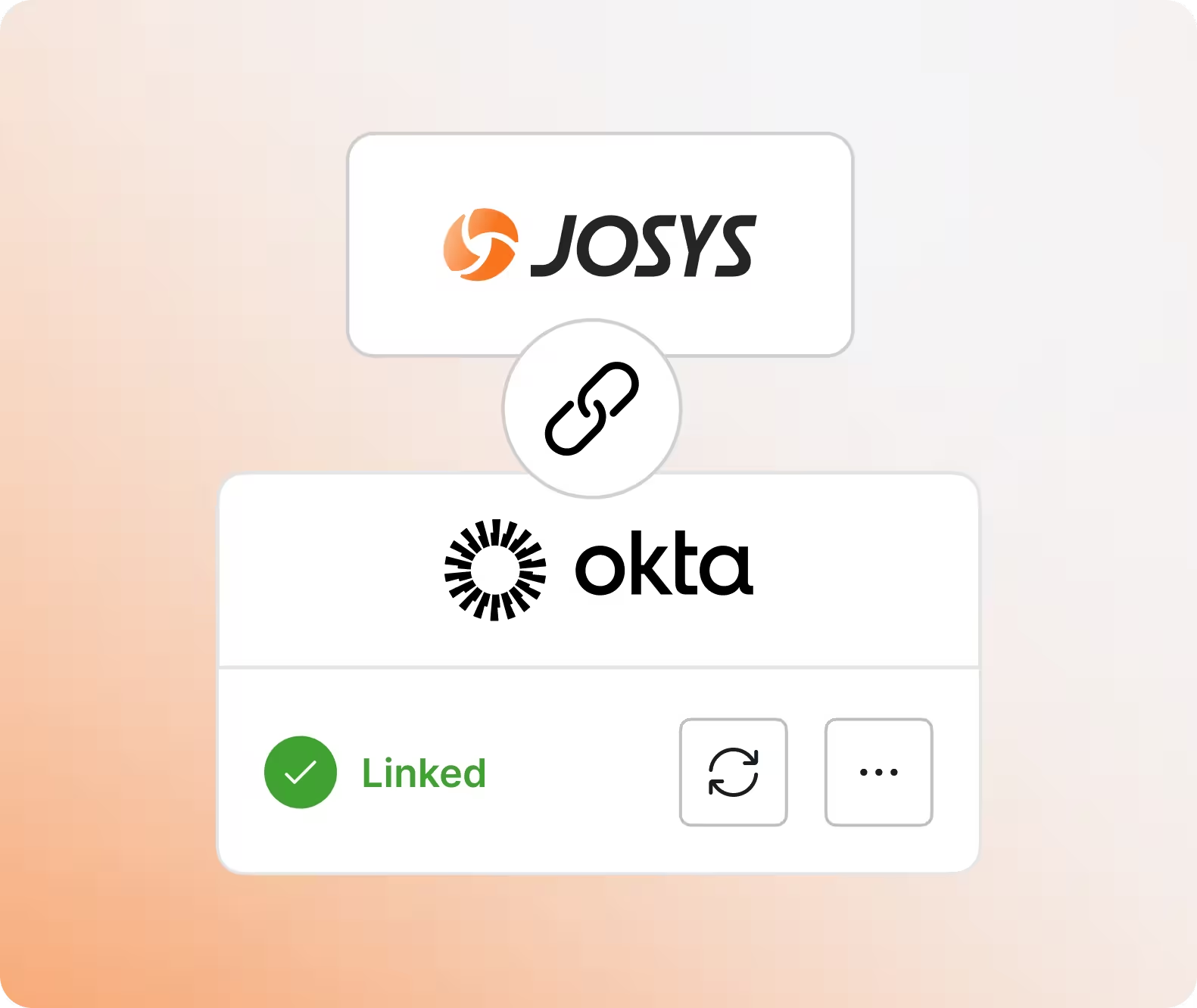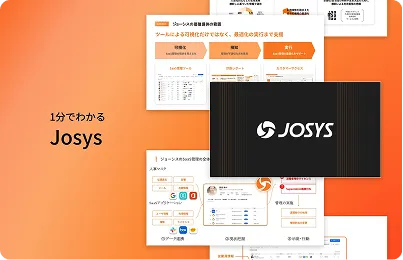Creating a Framework for Decentralized SaaS Governance
Join hundreds of companies and start your SaaS management journey today

Have you ever wondered how many SaaS tools your organization is actually using? Or if every subscription is being used effectively? These questions are becoming more common for IT managers and department leaders as SaaS tools rapidly spread across organizations, often with little oversight.
This widespread adoption is great for productivity but comes with risks—like unmanaged costs, security vulnerabilities, and compliance headaches. That’s why decentralized SaaS governance is so important. It allows departments to retain the flexibility to choose tools that suit their needs while ensuring the organization maintains control, visibility, and compliance.
In this article, we’ll explore the challenges of managing SaaS without governance, break down the key elements of an effective framework, and provide actionable steps to get started.
The Challenges of Governing Decentralized SaaS Management
Without a governance framework in place, organizations often face these issues:
- Lack of Visibility Across Departments
When departments purchase and use SaaS tools independently, it becomes nearly impossible for IT to track all applications. This lack of visibility creates operational silos and hinders decision-making.
- Security Risks From Unmanaged Tools
Shadow IT introduces vulnerabilities like unvetted vendors, data breaches, and improper access management. It’s also common for former employees to retain access to critical tools, creating additional risks.
- Cost Inefficiencies
Overlapping tools, unused licenses, and auto-renewals for irrelevant subscriptions can inflate SaaS spending, diverting resources from strategic initiatives.
- Compliance Issues
Inconsistent enforcement of compliance policies across departments can lead to non-compliance with regulations such as GDPR, SOC 2, or CCPA—potentially resulting in fines or reputational damage.
Key Elements of a Decentralized SaaS Governance Framework: Decentralized governance isn’t about taking away departmental autonomy but creating structure and balance.
Here’s how to build an effective framework:
- Establish Clear Governance Policies
A strong governance framework starts with clear policies on security, procurement, and compliance. Organizations should implement data encryption, define processes for acquiring SaaS tools, and align compliance with regulations like GDPR or HIPAA. These policies ensure consistency while allowing departments some flexibility.
- Maintain Oversight While Enabling Autonomy
Balancing IT oversight with departmental autonomy prevents micromanagement while maintaining control. A SaaS management platform (SMP) helps track all tools, monitor spending, and identify inefficiencies. This approach ensures efficiency without limiting innovation.
- Implement Strong Access Management
Secure access management prevents unauthorized use and streamlines IT operations. Role-based access ensures employees only use relevant tools, while automated deprovisioning and multi-factor authentication (MFA) enhance security. Automation tools save IT teams time while reducing risks.
- Standardize and Optimize SaaS Tools
Many organizations discover overlapping SaaS tools across departments. Standardizing tools cuts licensing costs, improves collaboration, and simplifies training. However, departments with unique needs should have flexibility to adopt specialized solutions.
- Track Metrics and Improve Governance
Tracking key metrics like license utilization, SaaS spending, and security incidents helps businesses optimize governance. Regular reports keep stakeholders informed and highlight areas for improvement.The Benefits of Decentralized SaaS GovernanceA well-structured governance framework improves collaboration, security, cost efficiency, compliance, and productivity. IT and departments align their goals, reducing shadow IT while protecting sensitive data. Eliminating redundant tools optimizes spending, while consistent policies ensure compliance. Employees gain seamless access to the tools they need, reducing delays and boosting efficiency.
Conclusion
Decentralized SaaS governance is no longer optional for organizations that want to manage SaaS tools effectively while maintaining security, compliance, and cost-efficiency.Ready to take control of your SaaS environment?
Schedule a demo with Josys today to learn how our platform can simplify decentralized governance for your organization.
over your SaaS?
Sign-up for a free Josys account to transform your IT operations.



















